Growing blackberries in Siberia

A few years ago, blackberries were a completely wild crop, which almost no one planted in their personal plots. In terms of its external characteristics, this berry quite closely resembles a raspberry, and the main difference is that, in the absence of the necessary care, the culture will grow rapidly, which will bring a huge amount of inconvenience to the owner.
Due to its unique characteristics and undemanding nature, this culture can germinate even on the territory of Siberia. In order to achieve a good harvest, you must strictly follow the rules and choose the most optimal place correctly.
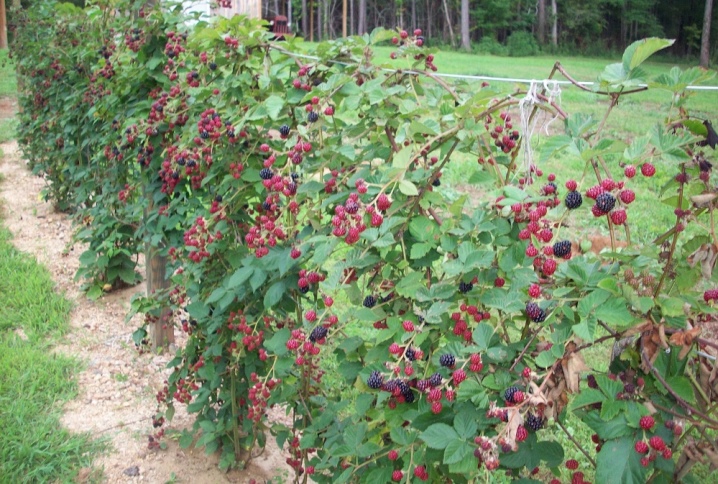
Suitable varieties
Today there are a huge number of blackberry varieties that are distinguished by the presence of thorns, large fruits, sweetness and other characteristics. The earliest varieties are considered the sweetest, and for cultivation in Siberia, it is imperative to select winter-hardy options, since they are best suited for such conditions in the region.
Most of the varieties on the market are distinguished by their resistance to external factors. Frost-resistant crops are ideal for northern regions, since too low temperatures do not negatively affect the palatability of the fruit.
That is why such varieties are actively chosen for use in Siberia. If the blackberry is grown in full compliance with the basic rules for the variety, then the result can be a bountiful harvest that can boast tasty and large fruits.
Some of the more popular sweet varieties are:
- guy;
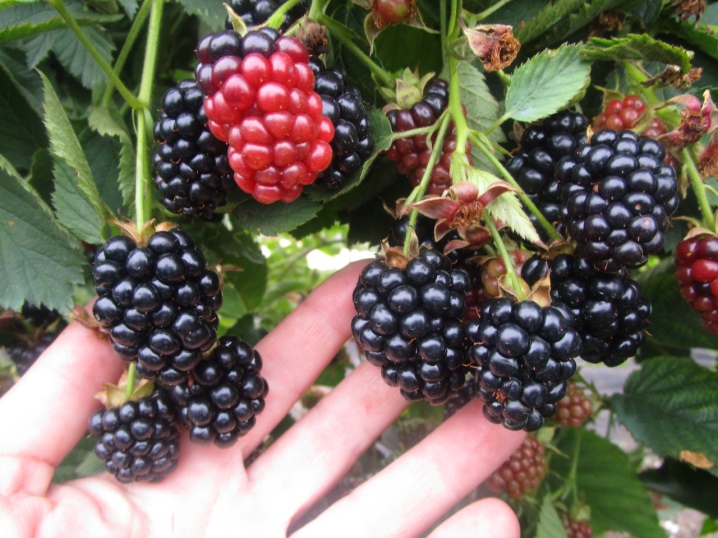
- goof Mary;
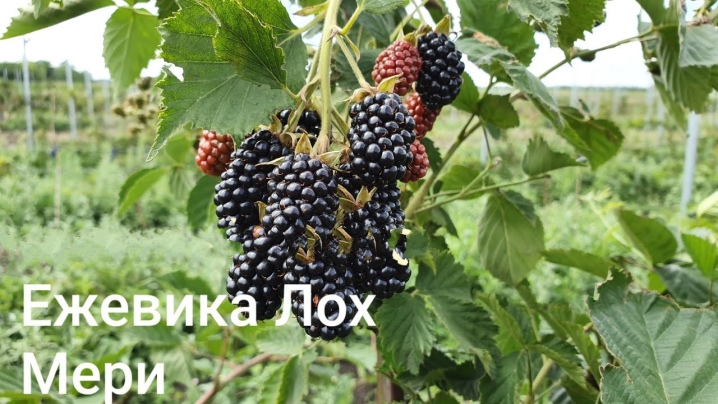
- triple crown;
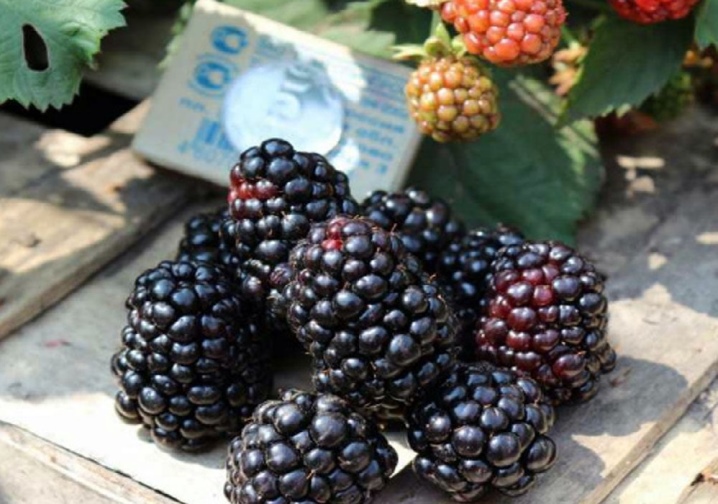
- chester.
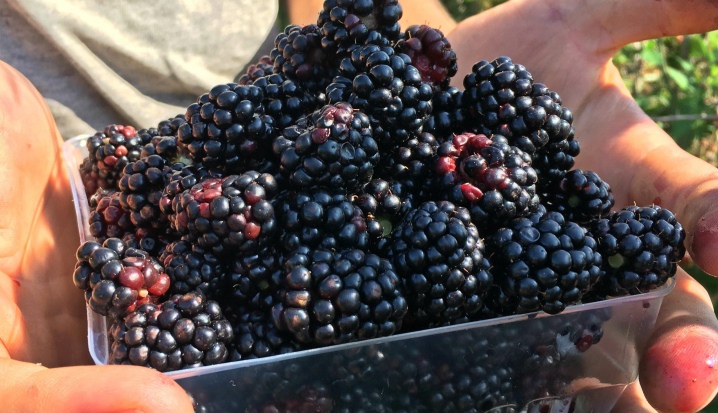
The variety Thornless Evergreen, which boasts a huge number of features, is very popular today for cultivation in Siberia. It does not shed its leaves, copes well with minimum temperatures and has large fruits. It is a thornless plant famous for its unique decorative properties. A distinctive feature of this variety is that the color of the berries changes from red to dark, after ripening there are a huge number of leaves on the bushes, which indicates the abundant yield of the variety.
Even if you accidentally harm the blackberry root of this variety, as a result, lateral shoots will appear, which will also bear fruit.
With proper care, ripe berries can be removed in the summer, and the last fruits will appear on the blackberry at the end of September.
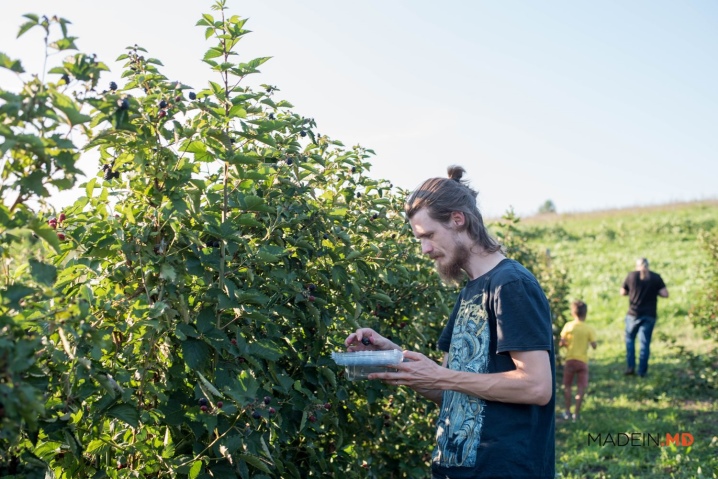
Another fairly popular winter variety is gai. Among the distinctive flavor characteristics of this variety, one can single out its sweetness and tenderness. The plant is resistant to extremely low temperatures, so it can be planted even in weather conditions of -30 degrees. This blackberry bears a huge amount of fruit and has an attractive appearance. There are no thorns on the stems. This greatly speeds up the harvesting process. The berries of this variety are quite large, and the weight of each of them is about 7 grams. One of the advantages of this variety is its resistance to various diseases and pests, which saves resources and efforts to protect against them.
The Polar variety is very popular, which is able to cope with extremely low temperatures without any consequences. The plant can be left for the winter, even if the temperature reaches 40 degrees, which is quite common in northern regions. However, if you insulate this blackberry for the winter, then the harvest will be more abundant. In both cases, do not worry about the plant dying in severe frosts.

Landing
In order for the blackberry to fully germinate and provide the owner with the required amount of harvest, careful attention must be paid to planting. Full development and optimal growth can only occur if the temperature in the region does not drop below -35 degrees Celsius. Due to its unique characteristics, blackberries do not need insulation if the temperature is not lower than -20 degrees. Recent studies show that if you choose the right place, then the blackberry can germinate without any additional insulation materials and work, which is especially important for Siberia. Thanks to this, you can significantly save resources and strength in the process of planting this crop. In this case, the fruits will be quite large and sweet.
In order for the bushes to adapt to the weather conditions and the region as much as possible, planting should be done in spring. The main problem is that in Siberia in winter there is usually an abundant amount of snow, which can negatively affect the state of culture. That is why most varieties are recommended to be planted immediately at the onset of spring, so that they can take root by the time of a strong cold snap.
One of the most important points is the selection of a site, which must be done taking into account a huge number of points.
It is best to choose soils with black soil, which are considered the most optimal solution for growing blackberries in Siberia.
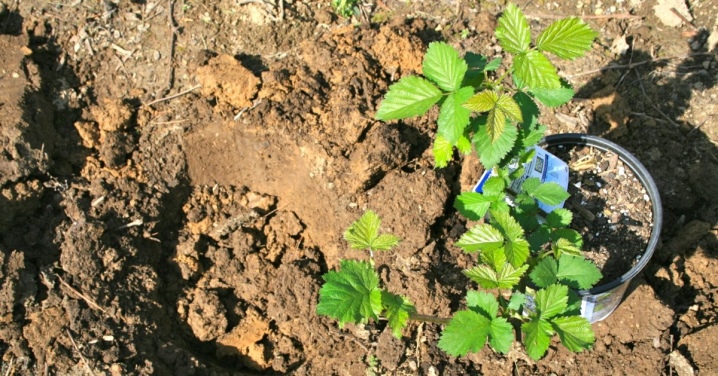
Careful attention must also be paid to care, which must be carried out in such a way as to saturate the earth with all the necessary nutrients. Only in this case will the culture bear the required amount of fruit. Unsuitable for use soils must be discarded immediately. By such we mean places that are characterized by high acidity. In addition, the presence of groundwater nearby negatively affects the condition of blackberries.
The depth of the hole during planting cannot be more than 50 cm, and it must be prepared in advance so that it has time to absorb compost and other useful substances. If the blackberry is planted on a compacted surface, then it is best to deepen it by 20 cm, which will allow for more abundant crop growth. The main problem with planting at a deep level is that the development of the crop is slowed down and the owner receives the crop several weeks later. To ensure the lightness of the soil, it is necessary to deepen the plant by 40 or more centimeters.
After planting, it is imperative to water the plants with water. One bush requires half a bucket of medium size. One of the important points is also the cutting of shoots, which takes place 5 cm for medium-sized blackberries.
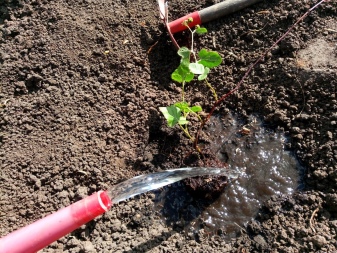

Care
Depending on where the garden plots are located, the cultivation of blackberries involves shelter with the help of special thermal insulation materials. If blackberries overwinter in regions where the temperature does not drop below -20 degrees Celsius, then you can do without such materials. Six months after planting, you can already see full-fledged shoots that bear fruit on a regular basis. This usually happens in the fall. In order to get a harvest in spring and summer, it will be necessary to make a lot of effort and competently care for the shrubs. One of the most important points is loosening, which involves saturating the soil with oxygen.
Also important is pruning and feeding, which allow you to saturate the culture with useful nutrients in the fall. Urea is an excellent feeding agent.
In addition, at least once every few years, the bushes should be treated with humus. 10 kg of substance will be enough for one bush.
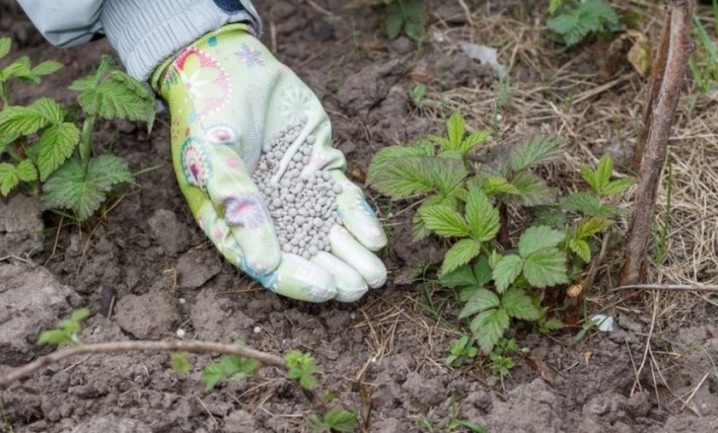
Reproduction
If the question arose about how to increase the number of bushes, then you can use the vegetative method or propagation by cuttings. Also, the method of transplanting root shoots is quite popular today, thanks to which you can get the required number of bushes. The best time for breeding is spring.

Diseases and pests
The main advantage of blackberries is that they have an average level of disease resistance. Among the main diseases that can affect these bushes, one can distinguish:
- powdery mildew;
- rust;
- septoria.
In order to prevent the development of these diseases, gardeners recommend spraying with Bordeaux mixture. For initial use, a 1% solution is suitable, and later you can use a 3% mixture. In addition, sulfur preparations, which are considered an ideal prophylactic agent for blackberries in Siberia, show themselves very well.
Thus, if you plant a blackberry correctly, prepare it, provide full care, cover it well for the winter, open it at the right time, you can get an excellent harvest with tasty and large fruits at the exit.
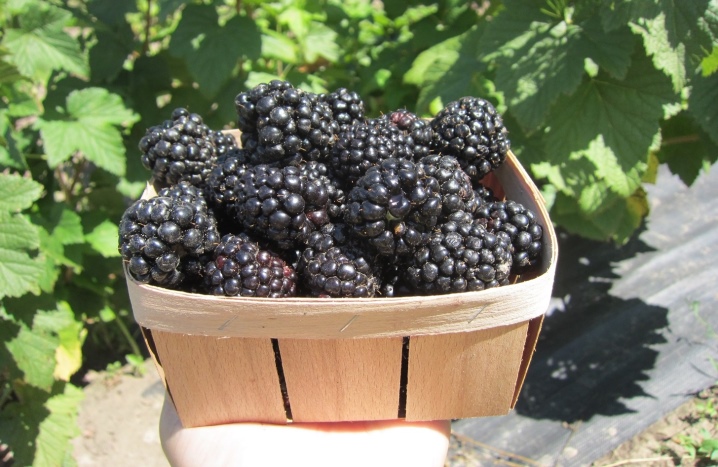













The comment was sent successfully.